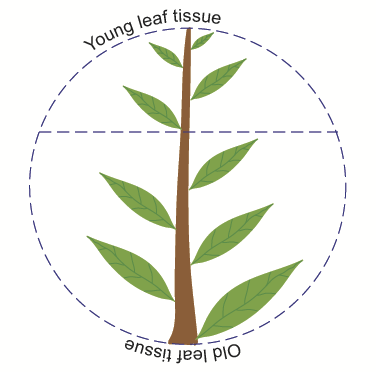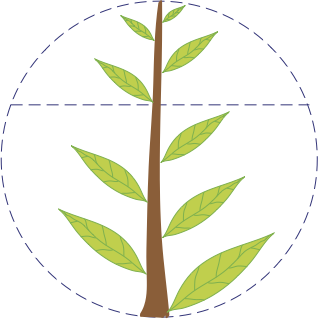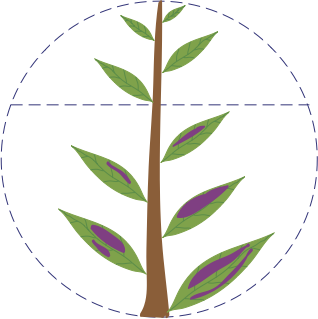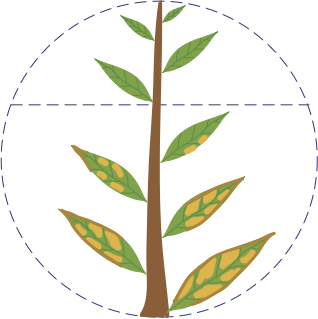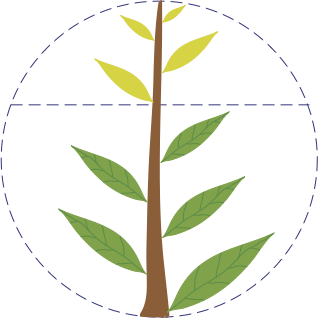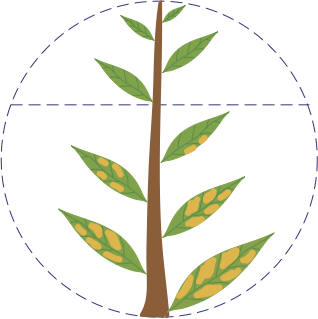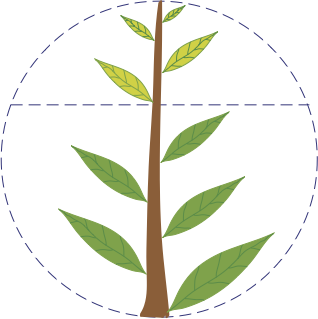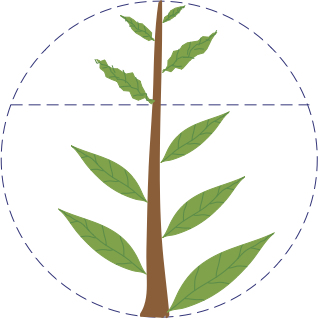Generalized Reference Guide to Nutrient Deficiency Locations in Plants
Nutrient deficiency symptoms can be distinguished by where they occur on the plant and their general appearance on the leaves. Each individual plant species can have unique symptoms, but some overall patterns can be generalized. The following diagrams1can be used to begin to identify which mineral nutrient may be causing specific deficiency symptoms.
Some deficiency symptoms are typically observed first on older leaves (such as N, P, K, and Mg), while other nutrient deficiencies are more likely to be seen on the young leaf tissue. Since unique symptoms may occur for specific plants, not all visual symptoms follow these trends.
Nitrogen deficiency symptoms generally appear first on older leaves with uniform chlorosis. Symptoms progress up the plant as the deficiency becomes more severe. Nitrogen deficient leaves may become more chlorotic over time and eventually die.
Phosphorus deficiency symptoms may appear as general plant stunting and delayed development. Some species develop a purple pigment, appearing first on the underside of older leaves.
Potassium deficiency symptoms often appear first as light-colored tissue on the older leaves, progressing to leaf yellowing and death of the leaf margins
Sulfur deficiency symptoms generally appear first as leaf yellowing in the young and recently matured leaves.
Magnesium deficiency initially appears as interveinal chlorosis, beginning first in the older tissue.
Manganese and iron deficiency symptoms generally appear as yellowing, beginning in the younger leaves.
Deficiency of calcium, boron, copper, or zinc can result in leaf yellowing and misshapen young leaves near the plant growing point.
Acknowledgment
1Drawings taken from Dierolf, T.S. et al. 2001. Soil Fertility Kit: A Toolkit for Acid, Upland Soil Fertility Management in Southeast Asia – Handbook Series. Deutsche Gesellschaft für Technische Zusammenarbeit (GTZ) GmbH; Food and Agriculture Organization; PT Jasa Katom; and International Plant Nutrition Institute (IPNI).

